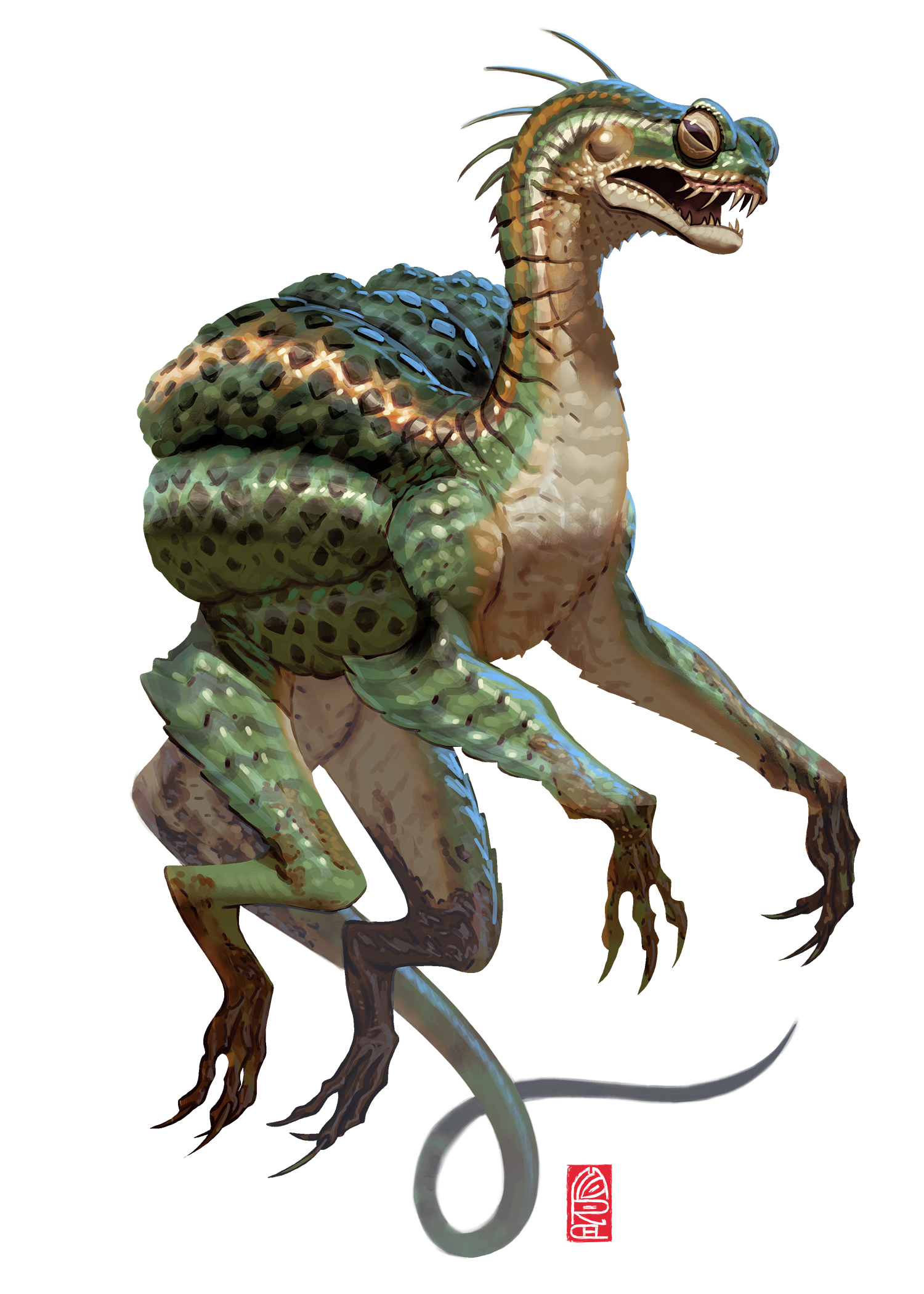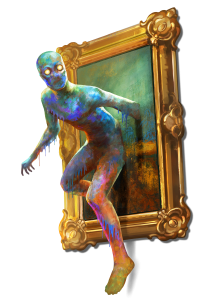
Some monsters are bags of hit points, and it can be fun to stand around the pinata and beat it until it explodes into XP. But if a monster has a weak point—some trick to exploit—a combat encounter takes on a new feel.
Monster weaknesses can deepen an encounter, making it more fun and more memorable. Let’s take a look at how those are implemented, and try out some new ideas with Tome of Beasts 3 monsters (now available for pre-order and on sale soon!)
If you’re new to this idea, check the first installment of Monster Weaknesses for more explanation.
Weaknesses Disclaimer
Last time we scratched the surface of weaknesses for creatures in Tome of Beasts 3. Now, before you add a new weakness to every creature ever, consider:
- Keep Things Moving. Can you keep track of additional weaknesses while running a complex, multi-monster combat? If you can, go wild! If not, consider which monsters would be most interesting to have a weakness. Maybe for a raging band of demons, you give the leech demon overlord a weakness, but run the balbazu grunts as normal.
- Your World, Your Rules. Not all weaknesses make sense in your campaign. Perhaps the biology or culture of certain creatures is different from what’s in Tome of Beasts 3 or you make different assumptions about the creature. Omit weaknesses that don’t work for your table, or use what’s here to inspire new ones.
- Trivializing Combat. Weaknesses shouldn’t trivialize a combat encounter, but every party is different. If combat becomes too easy, try increasing monster hit points or tweak the weakness to suit your needs.
Damage Types as Weaknesses
For most combat encounters, damage types are hidden spots for weakness opportunities. Vulnerabilities are obvious weak points, and can be thrilling for players, but they significantly alter the balance of an encounter when multiple characters have access to that damage type.
Try adding the following weaknesses to these monsters’ stat blocks to give different damage types a chance to shine, without tipping the scales too hard:
Brain Coral
This Aberration is made up of a central spire that controls peripheral clusters to make a flurry of attacks. Taking inspiration from the idea that brain function is electrical signals, we can make lightning damage disrupt those signals.
Synaptic Overload. When the brain coral takes lightning damage for the first time on a turn, it must make a Constitution saving throw with a DC equal to the damage taken. On a failed save, the brain coral can make one less (cumulative) Pseudopod attack on its next turn as its central brain function becomes temporarily overloaded by electrical signals.
Vapor Drakes
These swamp-dwelling wingless Dragons use swamp gas to inflate a balloon-like pouch on their backs to float around. The differences in damage types between weapons (bludgeoning, piercing, and slashing) is fairly minimal in most instances, but balloons certainly pop better from piercing!
Pop! If the drake takes 50 or more piercing damage within 1 hour, its Gaseous Ascension immediately ends and it cannot use this trait to inhale swamp gas until it completes a long or short rest. Additionally, when Pop! is triggered, if the drake’s Poisonous Breath was charged, all creatures within 15 feet of the drake must succeed on a DC 15 Constitution saving throw, taking 27 (5d8) poison damage on a failed save, or half as much damage on a successful one.
Dust Grazers
These large, wasteland-dwelling Aberrations can absorb creatures they grapple into their bulbous fungal bodies. Fire damage can be a satisfying vulnerability, but adding a little opportunity cost to the equation can make it more exciting!
Flammable Gas. The dust grazer has vulnerability to fire damage dealt by creatures absorbed inside of it.
Spell Interactions as Weaknesses
Fifth edition D&D has an abundance of spells, but many are suboptimal when a character can only prepare a limited number. Give suboptimal spells a boost by having them interact with a creature’s weakness! Try these examples you can add as traits to a creature’s stat blocks.
Moonless Hunters
These monstrous Fey feed on fear and dreams. As with many dark-dwelling creatures, moonless hunters have the Sunlight Sensitivity trait (a weakness in itself), but so few spells and effects create sunlight that this trait is unlikely to come into play at levels where this creature would be a threat. Using the theme of the creature being a “moonless” hunter, we can add an interesting spell interaction.
Alone in the Moonlight. If the moonless hunter starts its turn in an area affected by the moonbeam spell, it suffers the effects of its Sunlight Sensitivity trait until the end of its turn. If it fails a saving throw against a moonbeam spell, it cannot use its Nightmare Leap trait until the end of its turn.
Painted Phantasms

These Constructs are derived from painted works of art. This creature immediately triggered thoughts of a spell that often falls by the wayside at my table: color spray.
Smear the Paint. If the painted phantasm is within an area affected by the color spray spell, the effect of the spell is determined by half of the phantasm’s current hit point total.
Silent Criers
These Fiends with cacaphonous bells on their heads afflict those around them. The shatter spell isn’t the most efficient use of a 2nd-level spell slot against a single target, but its interaction with objects makes for a potential interaction with the silent crier’s bell.
Two-Way Toll. If the silent crier is within an area affected by the shatter spell, it must make a saving throw against the Concussive Knell effect of its Bell Toll action, suffering the effects on a failed save.
Next Up
Next time, we’ll look at how characters might discover a creature’s weakness and how to turn a weakness into an entire quest.
Tome of Beasts 3 is available for preorder and will be available at your local retailer very soon! Like, really, any minute now.

